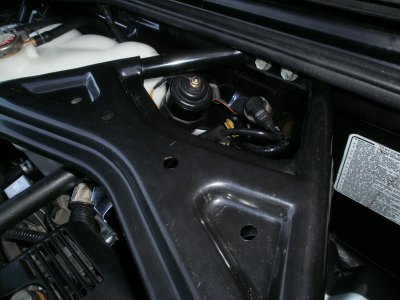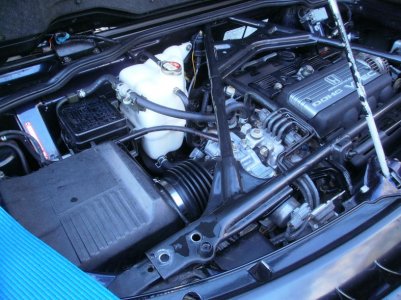"almost zero" at idle is fine. According to the workshop manual oil pressure reading should be:
idle 0.7 kg/cm2 (10psi)
3000 rpm 3.5 kg/cm2 (50psi)
The dash gauge is graduated in kg/cm2 so 0.7 is quite close to zero. Then it depends how accurate the gauge is, especially in where it's zero point really is. For example if the gauge is slightly below zero when the engine is off, take that as the zero point, then it probably moves 0.7 from there.
Even if not I wouldnt worry, the gauge is not very accurate, I see it more as a guide than a gauge. The only way to be really sure is to measure the pressure with an accurate & calibrated oil pressure gauge connected at the oil filter.
idle 0.7 kg/cm2 (10psi)
3000 rpm 3.5 kg/cm2 (50psi)
The dash gauge is graduated in kg/cm2 so 0.7 is quite close to zero. Then it depends how accurate the gauge is, especially in where it's zero point really is. For example if the gauge is slightly below zero when the engine is off, take that as the zero point, then it probably moves 0.7 from there.
Even if not I wouldnt worry, the gauge is not very accurate, I see it more as a guide than a gauge. The only way to be really sure is to measure the pressure with an accurate & calibrated oil pressure gauge connected at the oil filter.









